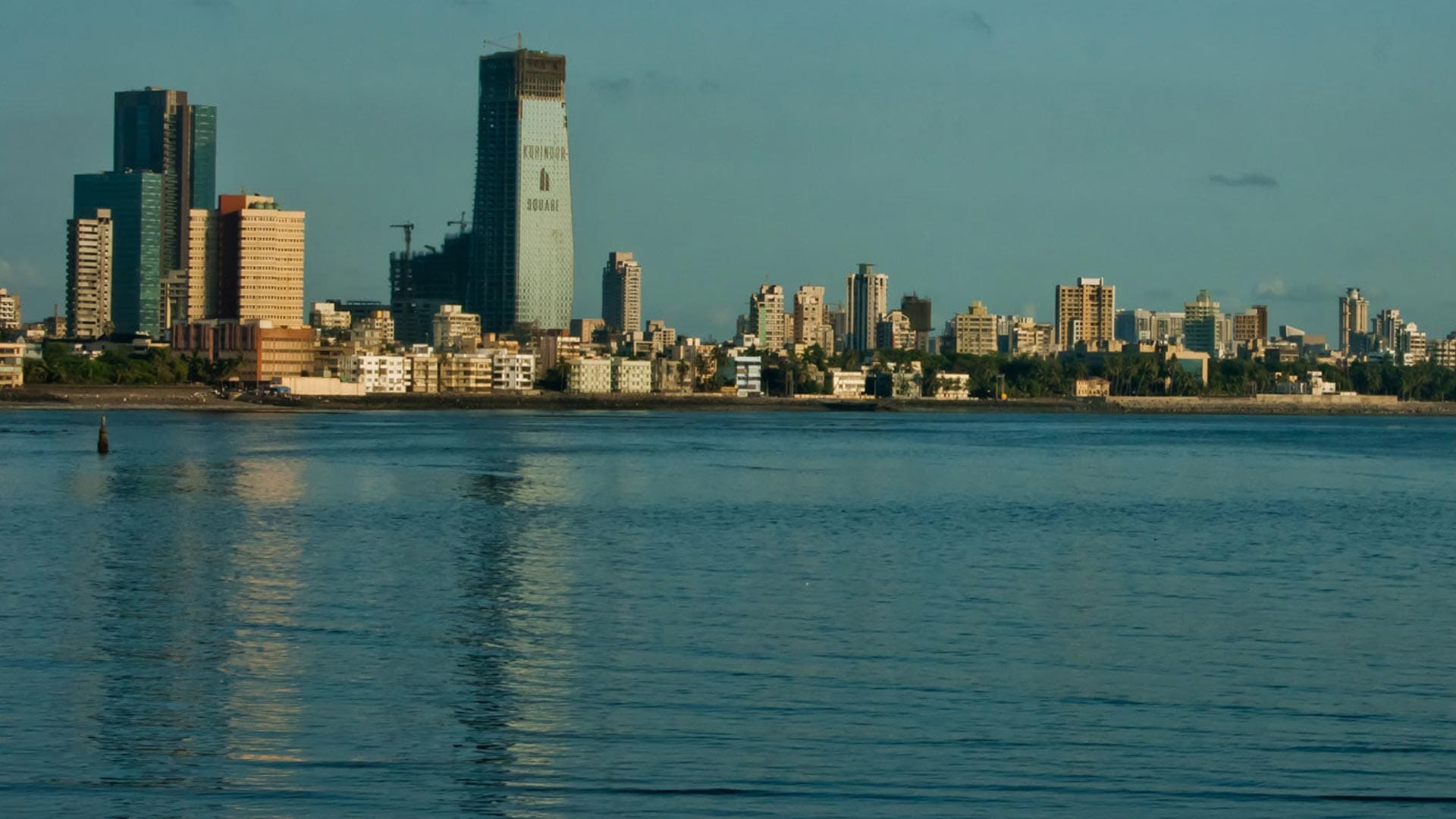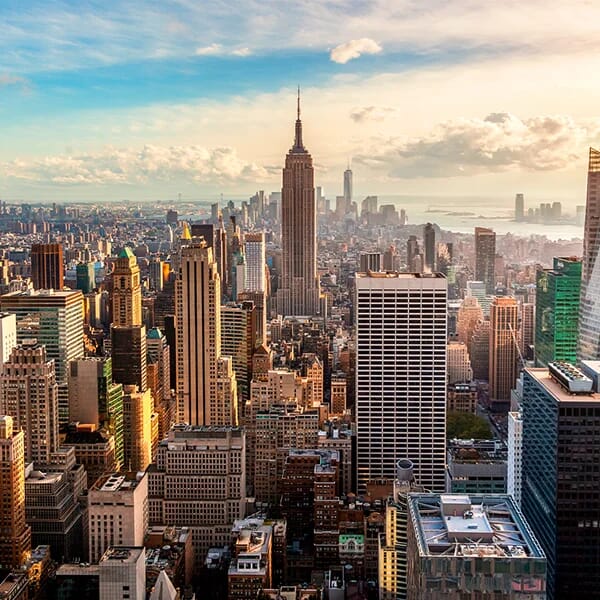 No attribution required
No attribution requiredIndian cities lead way in East-West growth divide
Bengaluru and Hyderabad top JLL’s City Momentum Index 2019, based on real estate and socio-economic indicators.
January 29, 2019Real Estate
Indian cities dominate JLL’s latest ranking of the world’s most dynamic cities, based on a combination of socio-economic and commercial real estate indicators that point to rapid growth over the next three years. JLL’s City Momentum Index can be used to identify potential real estate opportunities, although Jeremy Kelly, head of Global Research Programmes at JLL, explains how real estate also contributes to the dynamism of a city in the first place: “The role of real estate in the economy is as a contributor to success, not a result. Real estate can change the trajectory of a city.”
Top-performing cities in the index typically have strong links to the technology sector and innovation: Bengaluru has an international reputation for the design and development of technology and electronics, including a vibrant start-up culture, while Hyderabad is home to many ‘deep tech’ start-ups and the location of T-Hub, India’s largest start-up incubator.
East-West divide
Asia Pacific cities, including six Indian cities and nine Chinese cities, dominate the top 20 ranking, highlighting a stark East-West growth divide. Amongst the leading European cities in terms of near-term growth momentum are Berlin, Amsterdam and Stockholm – and even London, despite Brexit concerns. Kelly explains what makes certain European cities - particularly those in northern Europe - attractive: “A number of European cities have a compelling cocktail of characteristics - regulatory transparency , environmental credentials, quality of life, entrepreneurship, the ability to innovate and commercialise that innovation, stability.”
A few European cities, Athens in particular, have dynamic real estate markets but feature low down in JLL’s overall rankings because of poor socio-economic scores. “Athens is very much about coming back from a low base, and in its markets reflect a dynamic hotel industry and increasing investor interest,” says Kelly.
Near-term versus longer term growth
Rapid, near-term growth is not without its challenges, as Kelly explains. “India is growing like a train, but its cities face massive environmental challenges, greater than those of Chinese cities. Chinese cities are starting to mature - its second tier cities are starting to bed down and address the challenges of environment. India is somewhere further back in the city-building cycle.”
European cities are likely to rank higher in forthcoming JLL’s Innovative Cities Index, which takes a longer term view of cities’ growth prospects, based on talent, innovation and R&D. However, warns Kelly: “Cities in Europe still need to keep an eye on cities in China, like Shenzhen and Hangzhou. Some of the most exciting innovations are coming out of China.”
Global investment flows and the appetite of international investors for real estate opportunities will be discussed further at upcoming GRI events, including British & Irish GRI 2019 on 15-16 May in London, Deutsche GRI 2019 on 8-9 May in Frankfurt, GRI Offices and Parks India 2019 on 25 April in Mumbai, and India GRI 2019 on 18-19 September in Mumbai.
Top-performing cities in the index typically have strong links to the technology sector and innovation: Bengaluru has an international reputation for the design and development of technology and electronics, including a vibrant start-up culture, while Hyderabad is home to many ‘deep tech’ start-ups and the location of T-Hub, India’s largest start-up incubator.
East-West divide
Asia Pacific cities, including six Indian cities and nine Chinese cities, dominate the top 20 ranking, highlighting a stark East-West growth divide. Amongst the leading European cities in terms of near-term growth momentum are Berlin, Amsterdam and Stockholm – and even London, despite Brexit concerns. Kelly explains what makes certain European cities - particularly those in northern Europe - attractive: “A number of European cities have a compelling cocktail of characteristics - regulatory transparency , environmental credentials, quality of life, entrepreneurship, the ability to innovate and commercialise that innovation, stability.”
A few European cities, Athens in particular, have dynamic real estate markets but feature low down in JLL’s overall rankings because of poor socio-economic scores. “Athens is very much about coming back from a low base, and in its markets reflect a dynamic hotel industry and increasing investor interest,” says Kelly.
Near-term versus longer term growth
Rapid, near-term growth is not without its challenges, as Kelly explains. “India is growing like a train, but its cities face massive environmental challenges, greater than those of Chinese cities. Chinese cities are starting to mature - its second tier cities are starting to bed down and address the challenges of environment. India is somewhere further back in the city-building cycle.”
European cities are likely to rank higher in forthcoming JLL’s Innovative Cities Index, which takes a longer term view of cities’ growth prospects, based on talent, innovation and R&D. However, warns Kelly: “Cities in Europe still need to keep an eye on cities in China, like Shenzhen and Hangzhou. Some of the most exciting innovations are coming out of China.”
Global investment flows and the appetite of international investors for real estate opportunities will be discussed further at upcoming GRI events, including British & Irish GRI 2019 on 15-16 May in London, Deutsche GRI 2019 on 8-9 May in Frankfurt, GRI Offices and Parks India 2019 on 25 April in Mumbai, and India GRI 2019 on 18-19 September in Mumbai.



